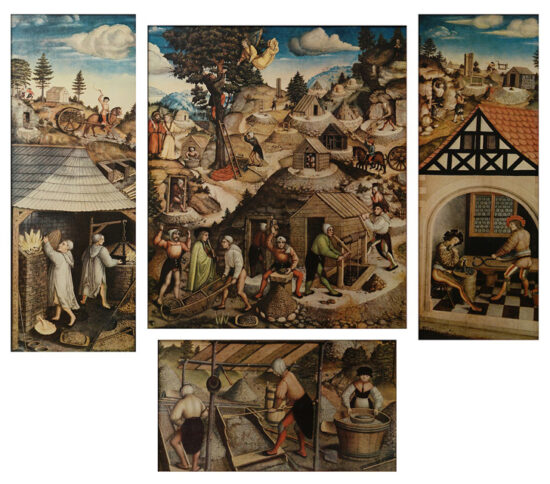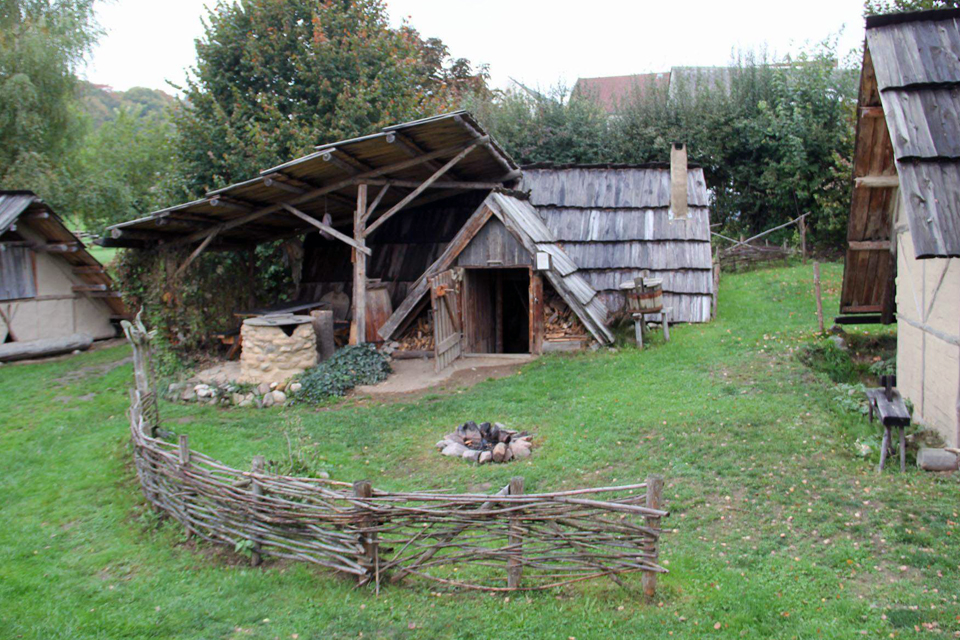Erzgebirge/ Krušnohoří is a distinct Mining landscape in the border region between Germany and Czechia

Erzgebirge/ Krušnohoří is a mining region located in the border region between southeast Germany and northwest Czechia. The area, also called the Ore Mountains, is rectangular, 95 km long and 45 km wide. The district offers a variety of metals and has been mined since at least 1168. In connection with these activities mining towns were established together with water management systems, factories, training academies and other institutions. The landscape houses 22 landscape units related to the different types of metal ores extracted over time, silver, tin, iron, cobalt blue dyes, uranium and others.
Historically, the first “mining” was initiated by the Cistercian monasteries, which functioned as early outposts. On the German side, Freiburg developed by the late 12th century, while Krupka (Graupen) is mentioned in the 13th century. The discovery of silver deposits in Schneeberg stimulated the foundation of more than 50 villages and towns which not only attracted miners and craftsmen but also turned the region into an important cultural centre. “De re metallica”, a handbook on mining and metallurgy from 1556, was written by Georgius Agricola in the town of Jáchymov.
Between the 17th and 18th century, the mining stagnated due to religious wars between Catholicism and Protestantism. It was not until the extraction of cobalt dye to the growing porcelain industry at Meissen was introduced, the region was revitalised.
The site was declared UNESCO World Heritage in July 2019.
